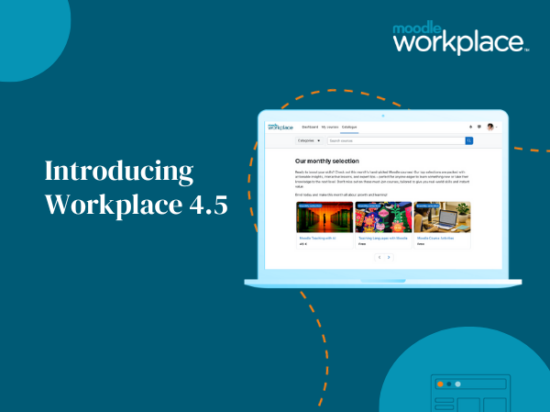The e-Learning Guild has updated a survey, “The Next Generation of Asynchronous Authoring Tools: What Practitioners want in 2017” that offers some surprising insights into how eLearning delivery systems are changing.
The survey, began in 2013, reinforces the importance of tools that allow authors to embed multimedia in their courses. In the Guild survey, most of the respondents have had years of training using eLearning authoring tools and most have the skills to engineer workarounds and troubleshoot. So we are not talking novices here.
The top seven criteria for selecting an authoring tool are:
- Audio
- Branching and navigation
- Video
- Learning interaction
- User community and support
- Assessments
- Graphics and animation
Surprisingly, integration with social media ranks at the bottom of the list. The author of the report speculated that this may be because few eLearning authors haven’t taken the time to demonstrate how social media can enhance the learning experience.
In terms of video, the highest ranking features in authoring tools included the ability to embed videos, linking to external video files, the ability to record screen video, triggering video in interactions. Also, survey respondents said they would be happy to be able to post their eLearning to YouTube even though it might mean a loss of interactivity.
Responsive design has taken a front seat for eLearning authors. Flash used to be the creative authoring tool of choice, but with the huge increase in mobile devices, platform adaption via HTML5/mobile publishing was deemed by survey respondents as highly important.
Responsive design allows web authors to create a set of files that can display correctly on any device. How many times have you been frustrated when sites don’t fit the screen on your smartphone or bleed off into oblivion?
And in these tight economic times, budgets are not exactly overflowing author coffers. Just under half the respondents are working with budgets that top out at $4,000 for asynchronous authoring tools.
ELearning authors also are interested in cloud-based tools, particularly for Mac platforms, but many are still locked into Windows.
The author of the report also came up with a list of important questions to ask yourself before you start designing.
- Who will the learners be?
- What is the content to be taught?
- What technology must be supported?
- Which navigation features do you need?
- What media does your approach require?
- Will you be using a learning management system (LMS) or an xAPI learning record store (LRS)?
- What browsers does your learning have to support?
- Do you need to integrate with PowerPoint files?
- Do you need to integrate with social media?
My Learning Space can help you navigate through the tools you need to author a dynamic eLearning system. Contact us to arrange a consultancy.







